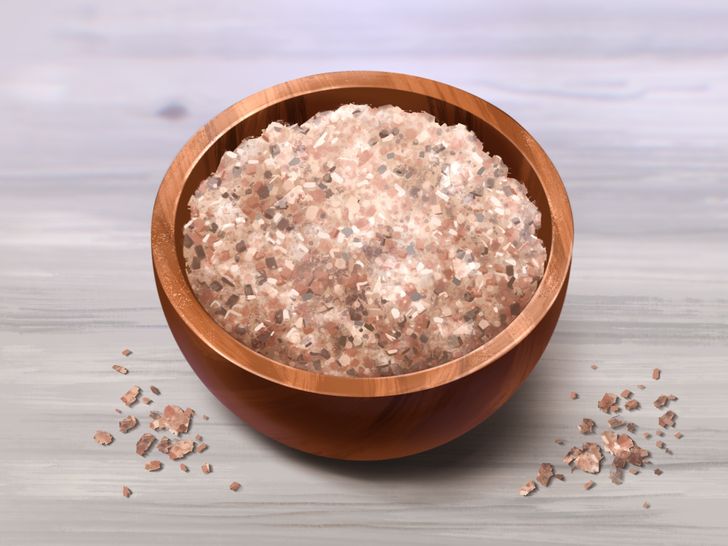Guide on Types of Salt
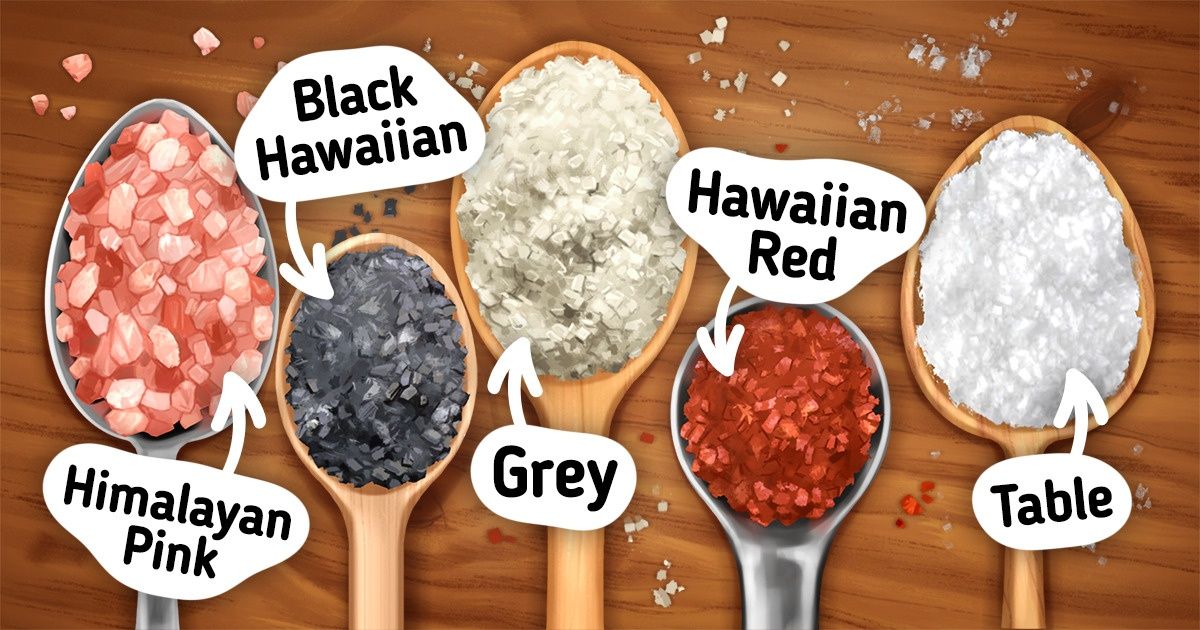
All types of salt have the same base and are composed of sodium and chloride from a chemical point of view. But the taste and texture of different types of salt can vary greatly depending on where it was harvested and the technology used to get it.
5-Minute Crafts prepared a guide that will help you learn more about different types of salt.
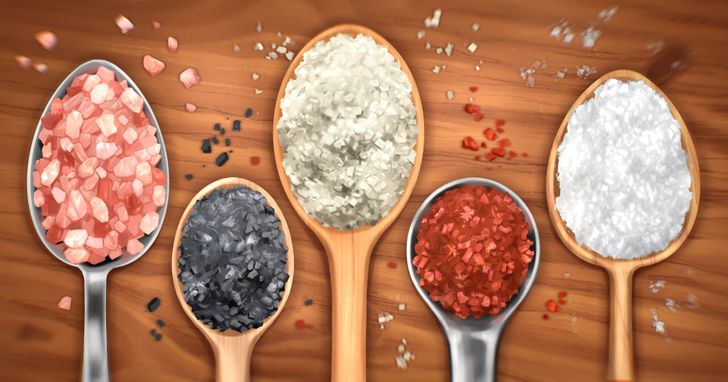
Table salt
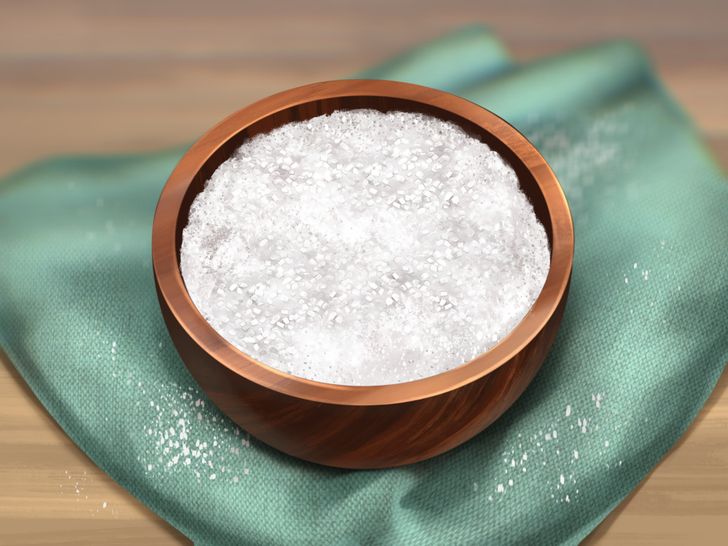
Table salt is one of the most common types that can be found in any store and in any kitchen. This salt is taken from salt mines and then refined, purifying the product to sodium chloride and removing all accompanying minerals.
Taste: Clear and salty
Best used for: cooking any dishes, including baked goods
Iodized salt
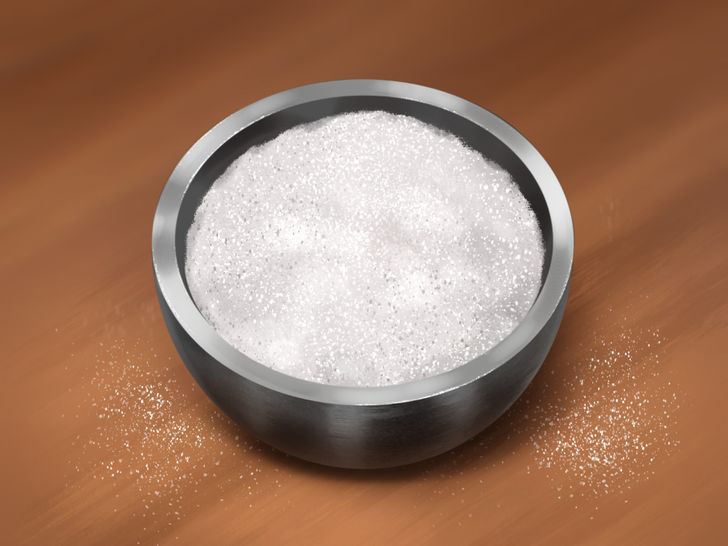
Salt iodizing is an artificial process when table salt is covered with potassium iodate and other substances to prevent clumping.
This type of iodizing was used during the time of the Great Depression when many people were lacking iodine in their bodies and developed various illnesses due to it. Today, the issue with the lack of iodine is no longer that intense, but still, iodized salt can serve as an additional source of this microelement.
Taste: Salty, with a slightly chemical aftertaste
Best used for: cooking any dishes
Sea salt (sal del Mar, sel de Mer, sale marino)
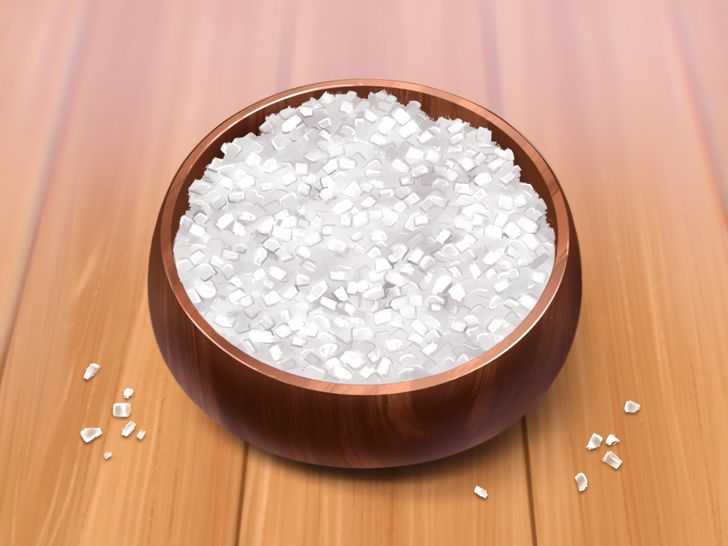
Sea salt is an unrefined salt evaporated from saltwater. Evaporation happens in a natural way — large clay trays are placed in sea or ocean water and left alone, allowing the sun and wind to evaporate it naturally.
Since sea salt goes through some basic processing on its journey from the ocean to the consumer, there can be other minerals like calcium, magnesium, and copper in its composition apart from the main elements.
Taste: similar to the taste of table salt but with a slight mineral aroma and a more crunchy texture
Best used for: meat, seafood, and vegetables
Flake sea salt
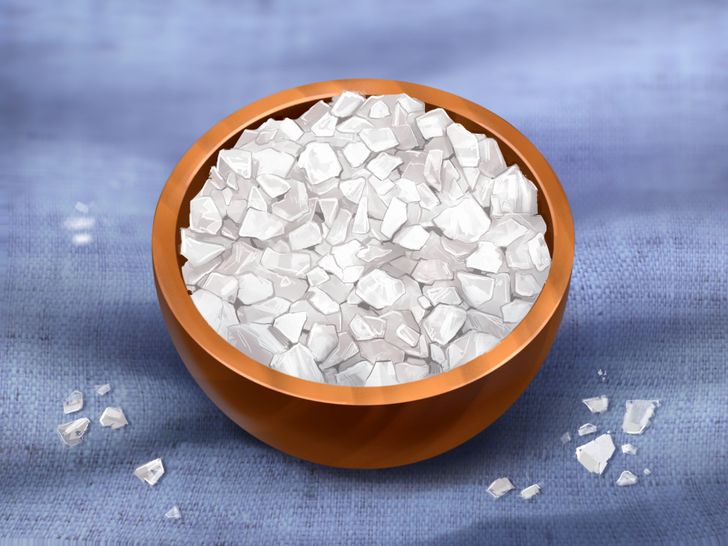
Flake sea salt resembles semi-transparent snowflakes in shape. To get this type of salt, seawater is evaporated with the help of sun and wind and then placed into an open tray. The solution in the tray keeps heating up slowly until pyramid-shaped crystals of salt are formed.
Taste: bright salty taste, crispy flake texture
Best used for: a finishing food spice to enhance the taste — can also be used for decorating baked goods and pastries
Kosher salt
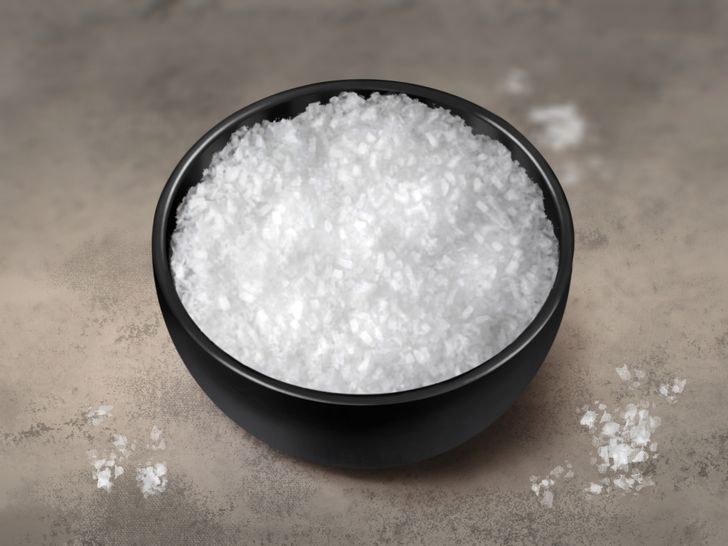
Kosher salt is produced by pressing granulated salt or by evaporating pyramid-shaped salt crystals. As a rule, such salt is exposed to less processing than table salt and it has no additives. Also, the particles of kosher salt are normally larger and flatter than the particles of table salt.
Taste: a less pungent flavor than table salt that dissolves easily
Best used for: cooking meat
Himalayan pink salt
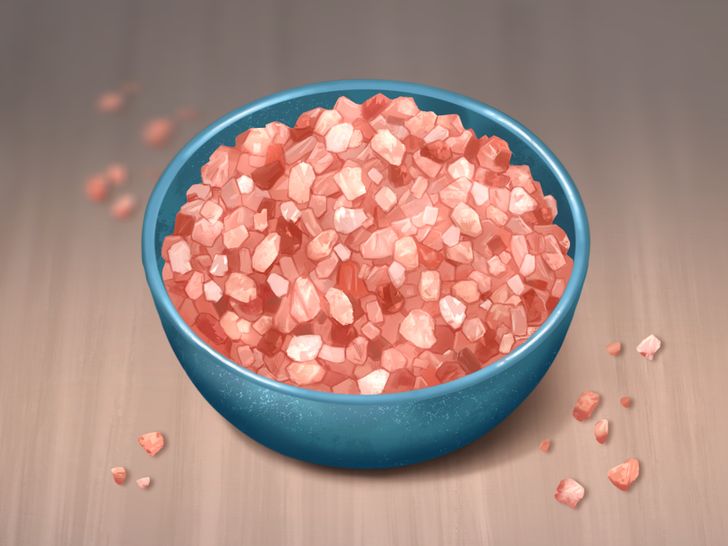
This salt is mined in one of the richest salt fields in the world — the Punjab region of Pakistan. Pink salt is one of the purest on earth and contains a large number of natural microelements. It is believed to carry the remains of an ancient sea, which gives the salt a beautiful pink hue.
Taste: big mineral flavor
Best used for: seasoning meat, soups, salads, and vegetables
Gray salt (Sel gris)
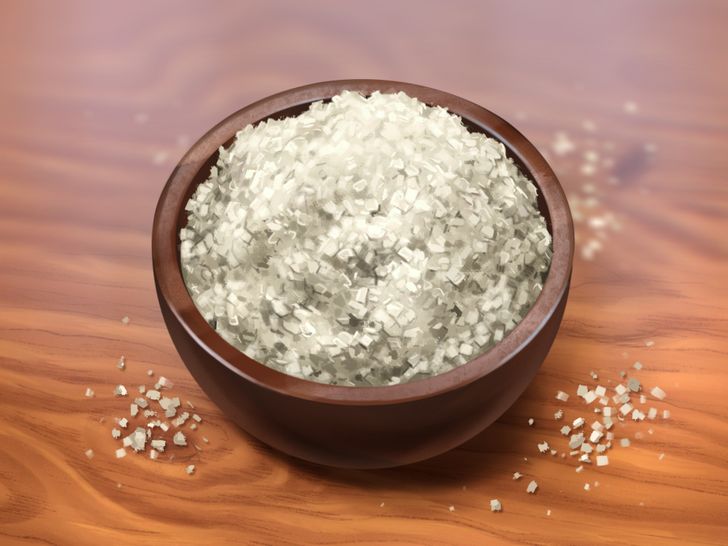
Gray salt is harvested manually on France’s Atlantic coast where ocean water is located in shallow basins. The bottoms of such salt basins are usually covered with clay, and the minerals in its composition give the salt a light-gray hue and bright flavor.
Taste: salty mineral, chunky in texture
Best used for: seasoning meat and fish, marinades, or in a grinder
“Salty flower” (fleur de sel, flor de sal)
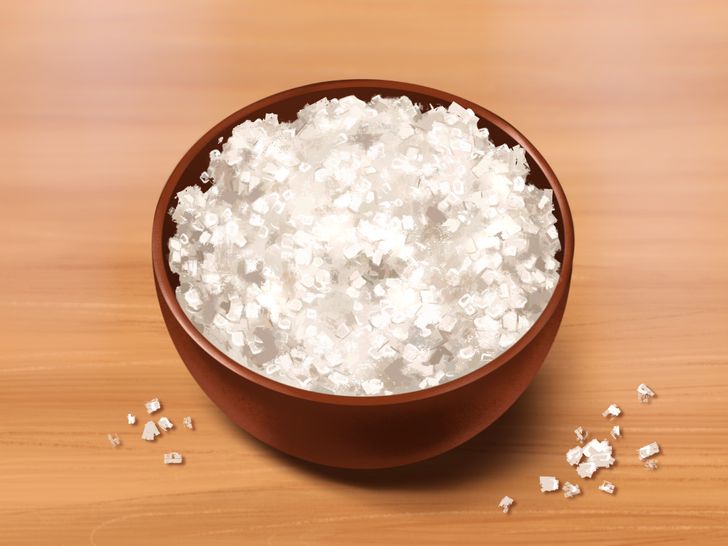
“Salty flower” is harvested in the same area as is the gray salt but is a more rare type of salt. It is collected only when the weather is warm and not windy. It’s on these rare few days that lacy, white crystals appear on gray salt. The “salty flower” is harvested manually using only wooden tools.
Taste: light and salty, tender crunchy texture
Best used for: a finishing component to meat, seafood, vegetables, baked goods, salads, and grilled dishes
Hawaiian sea salt (alaea and Hiwa Kai)
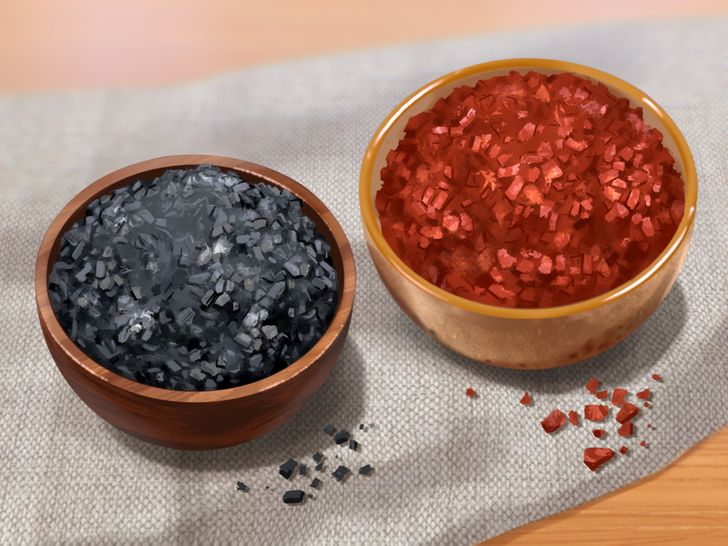
Red Hawaiian salt, alaea, is produced by combining evaporated sea salt with red volcanic clay, which gives this salt an earthy flavor and a red shade.
Black Hawaiian salt Hiwa Kai contains activated charcoal from coconut shells. This additive gives the salt a black hue, a softer texture, and a brighter taste.
Taste: Red salt has an earthy aroma and flavor, and the black one has a bright salty flavor.
Best used for: seasoning vegetables, grilled meat, fish, poultry, and salads
Indian black salt (kala namak)
